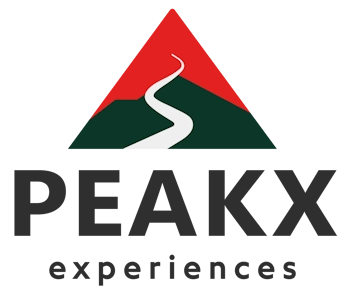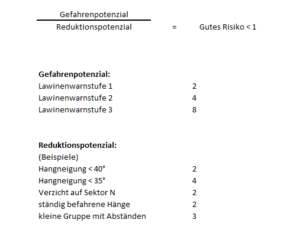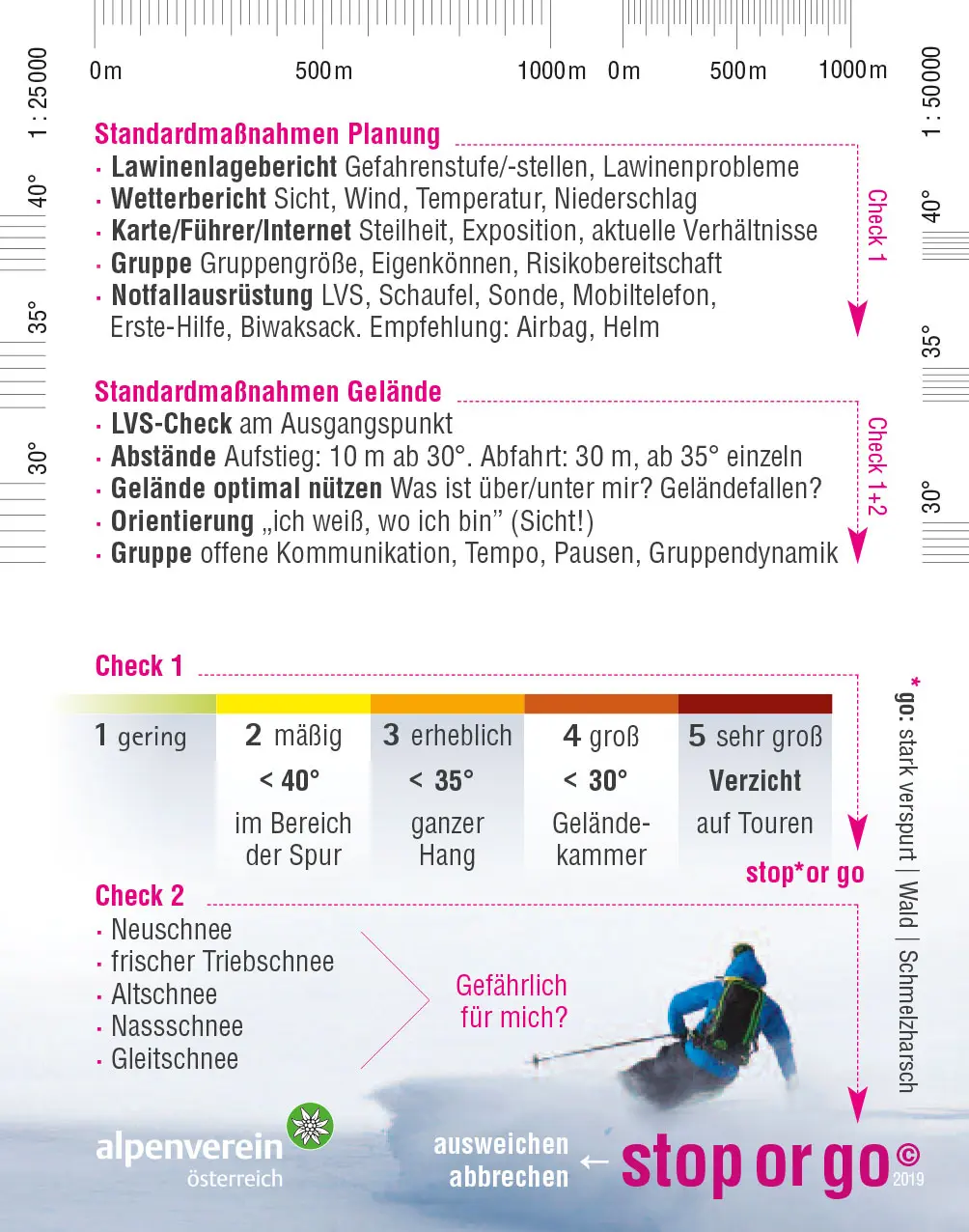Why actually a strategy?
A strategy is first and foremost a structured approach to achieving a specific goal. This goal is to be achieved with the help of a plan that is implemented taking into account the available means, resources and information.
The aim of strategic avalanche awareness is to avoid avalanche accidents. The problem, however, is the complexity of the snowpack and avalanche-forming factors. Even the best expert cannot grasp all the relevant correlations that lead to the formation of avalanches.
The strategy is intended to help bring order to the chaos of complexity in difficult situations and without complete information. This gives you the chance to achieve an acceptable level of risk with as little sacrifice as possible - provided you are prepared to implement certain measures and accept limits.



